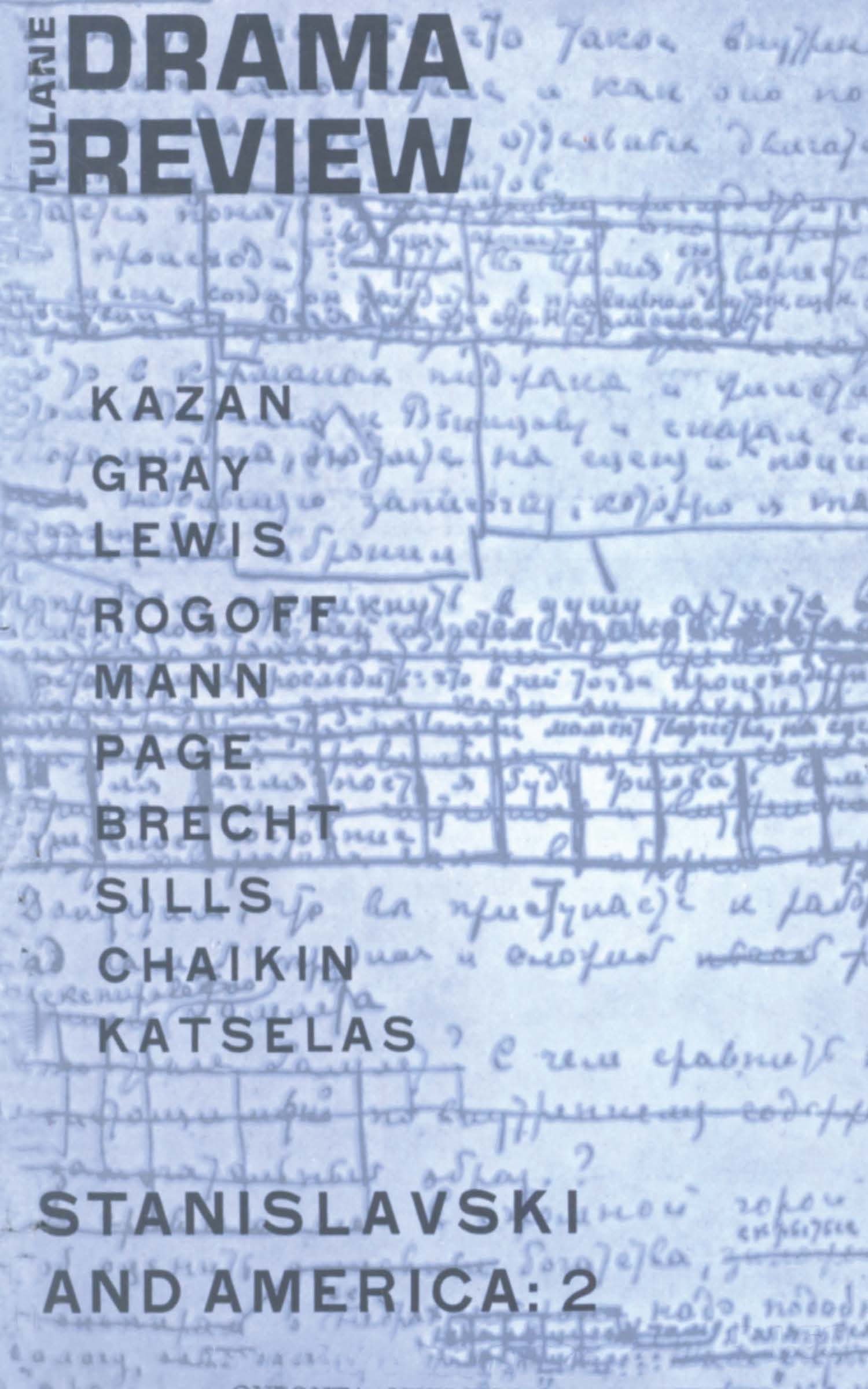Article contents
Great Hatred, Little Room
Published online by Cambridge University Press: 23 November 2021
Extract
On October 1, 1923, the Abbey Theatre produced a new one-act play by a Dublin laboring man, Sean O'Casey. The Abbey had created considerable interest in April, 1923, by giving the first production anywhere of an O'Casey play, The Shadow of a Gunman, a tragedy about the Black-and-Tan war. By the end of its three-day run, the Abbey was turning people away, despite the fact that the theatre was under armed guard because of the Civil War; Lady Gregory wrote in her journal after the final performance that The Shadow of a Gunman was “beautifully acted, all the political points taken up with delight.” O'Casey's new play, Kathleen Listens In, was received quite differently.
The Abbey management was theatre-wise enough to schedule Kathleen Listens In as a curtain-closer to a revival of Shaw's Arms and the Man: the soothing syrup of Shaw's “pleasant” exposé of “romantic convention” cannily preceded the bitter pill of O'Casey's “phantasy”—which turned out to be a no-holds-barred, deadly accurate satire of warring contemporary Ireland.
- Type
- Research Article
- Information
- Copyright
- Copyright © The Tulane Drama Review 1961
- 1
- Cited by


